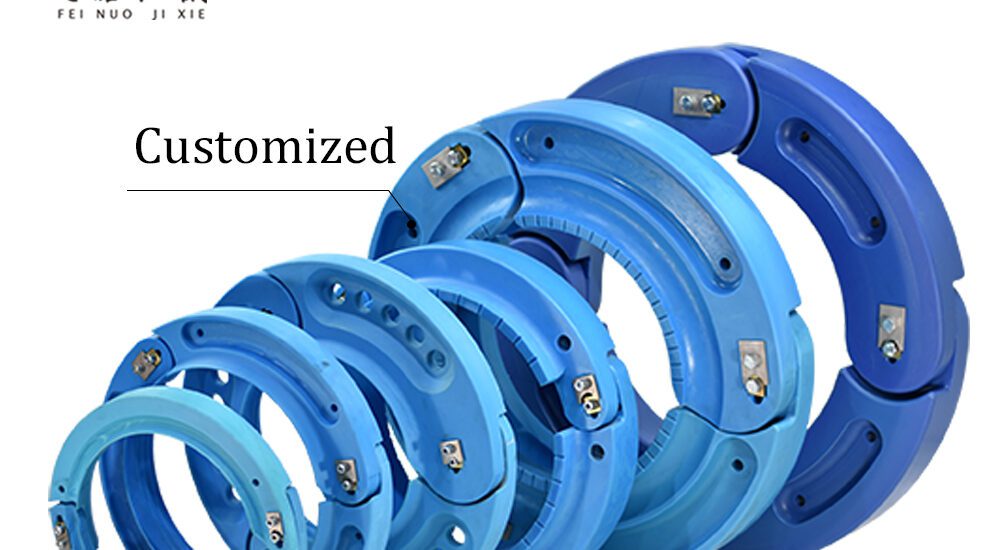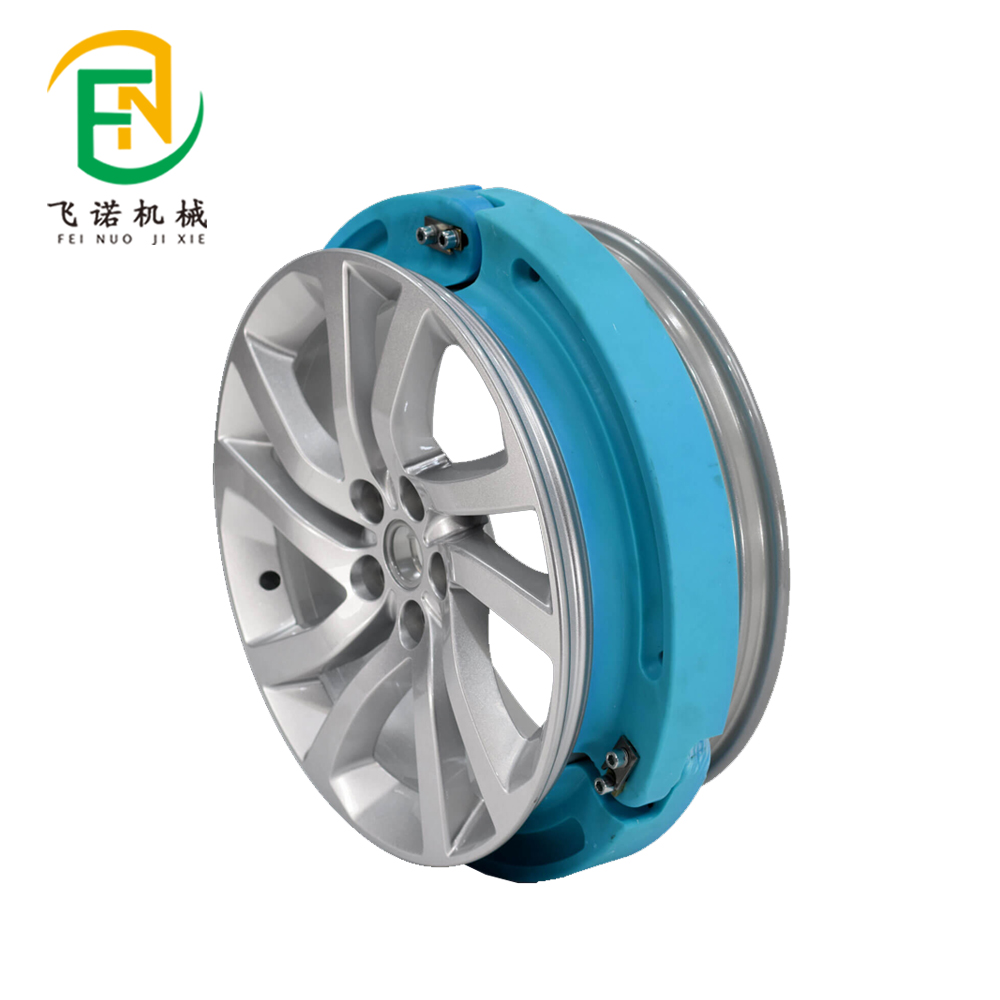- June 20, 2025
- Posted by: feinuojixie
- Category: Run Flat Guide


In a world driven by efficiency, adaptability, and innovation, the plastic product has remained a steadfast pillar of modern manufacturing. From everyday household items to cutting-edge medical devices, its presence is both pervasive and essential. What makes the plastic product so enduring is its unique ability to meet a wide spectrum of performance and design needs while maintaining cost-effectiveness. As industries continue to evolve at a rapid pace, the plastic product consistently proves that flexibility isn’t just a feature—it’s the future.
The Rise of the Plastic Product: A Historical Perspective
The story of the plastic product begins in the early 20th century, when the need for mass production and lightweight alternatives to traditional materials became urgent. Early breakthroughs like Bakelite and nylon opened the door to entirely new manufacturing possibilities. Over time, the plastic product evolved into an indispensable component of industrial progress. Its adaptability made it ideal for everything from wartime innovation to consumer goods during the post-war boom. Today, that legacy continues as industries still rely on the plastic product for its unmatched combination of performance and scalability.


Design Freedom and Customization in Plastic Product Development
One of the most significant advantages of the plastic product lies in its design versatility. Unlike metal or glass, plastic can be molded into virtually any shape, offering manufacturers unlimited creative freedom. Whether it’s a precision-engineered automotive component or a sleek consumer device casing, the plastic product allows for intricate detailing without added weight or complexity. This level of customization enables companies to bring unique, functional, and aesthetically pleasing products to market faster and more efficiently than ever before.
Durability Meets Cost-Efficiency: Economic Advantages of the Plastic Product
The economic appeal of the plastic product is hard to ignore. Its production costs are significantly lower compared to alternatives like aluminum or ceramic, especially in high volumes. Beyond affordability, plastic offers long-term durability—resisting corrosion, moisture, and wear in demanding environments. For manufacturers, this means fewer replacements, reduced maintenance, and a longer product lifespan. These factors make the plastic product a smart investment in both consumer and industrial applications.
Sustainability and the New Era of Eco-Conscious Plastic Product Design
As environmental awareness grows, the plastic product is undergoing a transformation. Bioplastics, which are derived from renewable sources like corn starch or sugarcane, are becoming increasingly viable alternatives. Meanwhile, efforts to improve recyclability and reduce single-use plastic waste are reshaping the industry’s approach. Modern plastic product design now often includes lifecycle planning, with materials chosen not just for performance, but for their environmental footprint. These changes are allowing the plastic product to remain relevant in a world that demands sustainability.
Industry Spotlight: How the Plastic Product Powers Key Sectors
The impact of the plastic product can be seen across every major industry. In automotive manufacturing, it reduces vehicle weight, improving fuel efficiency without compromising strength. In healthcare, plastic enables sterile, single-use instruments and life-saving devices like IV tubes and implants. Electronics depend on it for insulation, protection, and aesthetic design. Even in aerospace and construction, where performance standards are high, the plastic product delivers results. Its presence is not just common—it is critical.
Technological Advancements in Plastic Product Engineering
Innovation continues to push the boundaries of what the plastic product can achieve. Developments in additive manufacturing (3D printing) allow for faster prototyping and complex geometries that were previously impossible. Smart plastics that respond to heat, light, or pressure are opening new doors in wearable tech and medical monitoring. High-precision molding techniques now produce parts with microscopic accuracy, improving both performance and aesthetics. These advancements ensure that the plastic product remains at the forefront of material science.
The Global Supply Chain and the Strategic Role of the Plastic Product
The plastic product is not just a material—it is a key driver of global manufacturing infrastructure. Its raw materials are sourced and shipped around the world, connecting petrochemical producers, compounders, molders, and end-use manufacturers. Global logistics networks depend on plastic for packaging, shipping containers, and protective casings. During disruptions like the pandemic or supply chain crises, the resilience and availability of the plastic product have been vital to maintaining operations in countless industries.


Future Outlook: Why the Plastic Product Will Continue to Shape Tomorrow’s Innovations
As technology evolves, so too does the role of the plastic product. Future applications may include biodegradable packaging that dissolves naturally, self-healing surfaces in electronics, or aerospace-grade materials that outperform traditional composites. With continued research into circular economy models and zero-waste production, the plastic product is on track to become more sustainable without sacrificing performance. Its adaptability ensures that it will remain not only a material of the present but a solution for the future.
The Enduring Legacy of the Plastic Product
The plastic product has stood the test of time by being endlessly adaptable, economically smart, and technically advanced. In every corner of modern life—from the smartphone in your pocket to the car you drive—it plays a pivotal role. As industries seek faster, greener, and more reliable solutions, the plastic product remains a clear frontrunner. The future of manufacturing is indeed flexible—and plastic continues to be its most powerful expression.
